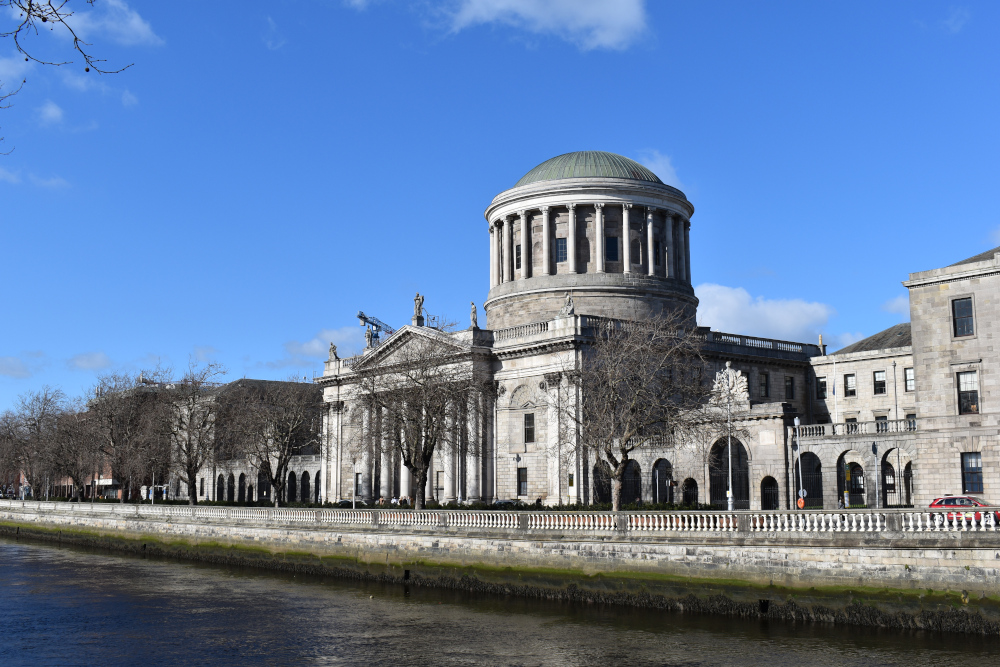High Court: €69,000 for delivery driver injured after stepping into pothole while alighting vehicle

The High Court has awarded €69,000 in damages to a delivery driver who suffered a knee injury after stepping into a pothole while alighting his vehicle. The defendant was Tipperary County Council which was the authority in charge of the road.

About this case:
- Citation:[2023] IEHC 362
- Judgment:
- Court:High Court
- Judge:Mr Justice Anthony Barr
Delivering an ex tempore judgment in the case, Mr Justice Anthony Barr accepted expert evidence that the pothole would have been visible to pedestrians but less apparent to those alighting from a vehicle. As such, there was no contributory negligence in the case and the Council was fully responsible for the injuries.
Background
The plaintiff was a delivery driver. In August 2018, the plaintiff was making a delivery to a house. He stopped the van beside the customer’s house with the driver’s side close to the wall of the house. He walked around the van to open the passenger’s side door to retrieve the parcel.
While retrieving the parcel, he took one or two steps backwards. His right foot went into a pothole in the road. The hole was approximately two feet wide and eight inches in depth. He stumbled but did not fall to the ground.
He claimed to experience immediate and severe pain in his right knee. He was unable to continue with his day. The plaintiff continued to suffer pain and could not do any activity. After managing the pain for some time, the plaintiff had an MRI scan in July 2019 which showed a significant injury to the knee.
A consultant orthopaedic surgeon provided a report in July 2022, where it was outlined that the plaintiff had recurring post-exertion pain on the medial and anterior aspect of his right knee. In particular, the injury was aggravated when the plaintiff trained young footballers.
At the time, the consultant felt the plaintiff he suffered a soft tissue injury and that flare-ups of pain could be treated with injection therapy. In a further consultation in May 2023, the consultant changed his opinion and recommended that the plaintiff undergo arthroscopy surgery.
The plaintiff also provided engineering evidence, in which the expert outlined that a series of repairs had occurred on the road which were clearly deficient and caused the pothole to manifest. In cross examination, the engineer accepted that the pothole would have been visible to a pedestrian approaching at a distance but would not have been readily apparent to a person alighting from a vehicle.
The defendant provided two medical reports. One report stated that it was likely the plaintiff had suffered a medial meniscus tear requiring arthroscopic surgery. The second report outlined that the plaintiff had suffered a knee-twisting injury which aggravated a pre-existing asymptomatic degeneration in the knee.
High Court
In an ex tempore judgment, Mr Justice Barr began by accepting the evidence of the plaintiff’s engineer that the pothole was caused due to the hazardous state of the area as a result of defective repairs over time. As such, the court was satisfied that responsibility for the locus lay with the Council and that there was negligence on the part of its servants or agents in carrying out repairs.
The court also accepted that the pothole would not have been clearly visible to the plaintiff who had emerged from the vehicle. As such, the court determined that there was no contributory negligence on the part of the plaintiff in failing to observe the pothole.
The court then turned to the question of quantum in the case. It was clear that the plaintiff had suffered a significant injury to his knee. It was accepted that the right knee was asymptomatic at the time of the accident and that the injuries were superimposed on “reasonably extensive pre-existing degenerative changes in the knee”.
The MRI evidence also established that the plaintiff had suffered a tear of the lateral meniscus. The court was satisfied by the plaintiff consultant’s reasoning for changing his opinion on the necessity for surgery. The court rejected the suggestion made in cross-examination that the consultant had recommended surgery to “puff up” the plaintiff’s case.
There was no evidential basis for this suggestion, particularly as the defendant’s own report outlined the need for surgery the court said.
The court accepted the plaintiff’s account of his past and ongoing knee pain. It was hoped that surgery would alleviate flare ups in pain, such as when the plaintiff walked on uneven ground or twisted his knee. However, the consultant was clear that surgery would not alleviate all symptoms, although it was also outlined that some pain was likely to have occurred in any event due to the pre-existing degenerative changes in the knee.
Having considered all of the evidence, the court awarded €45,000 for pain and suffering to date with €15,000 for future pain and suffering. The court also awarded €5,000 for the costs of the procedure and €4,000 for the plaintiff’s inability to work for four weeks post-surgery.
Conclusion
The court awarded €69,000 for personal injuries sustained by the plaintiff arising from the negligence of the Council.
Hickey v. Tipperary County Council [2023] IEHC 362









